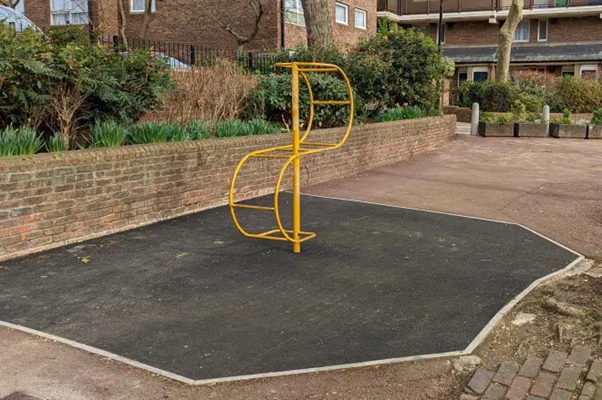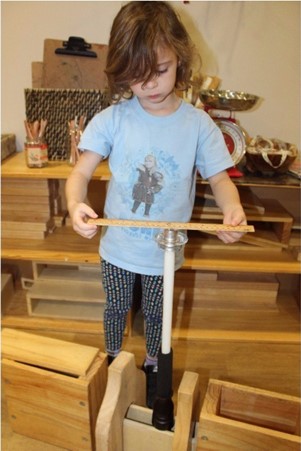When you visit our childcare centre, you will see an AMAZING outdoor activity space. Futuro has invested in state-of-the-art outdoor learning environments because we recognise the importance of incorporating outdoor activities in your child’s educational program.
Adventurous play is critical for brain development
Yes, you read that right! Supervised adventurous play is a critical element of brain development and gross motor skills.
If you were to think solely about safety, you’d design a yard that consists of flat artificial turf and (maybe) a sand pit. Nothing to fall off or over, right?! Sounds great.

(Image credit, ‘The Sun’, 2022)
However, the research shows that yards like these are actually less safe because children become quickly bored, and that’s when negative social interactions take place and children engage in unanticipated risky play.
The key is to find the right balance between providing opportunities for adventurous play and safety, acknowledging the key role played by Educators in supervising play and using that play as an opportunity to engage in learning.
Variety, complexity and responsiveness are key
If you design a yard that provides children with variety, complexity and responsiveness – you’re winning. These yards motivate children to interact with and manipulate their environments, which is central to the development of cognitive competence.
The yard is viewed as an outdoor classroom and is integral to the centre’s learning program, rather than being a ‘break’ from the learning happening indoors. Our centres have glass doors connecting the inside with outside to provide a meaningful link between the learning happening indoors and out.
A word on aesthetics
Have you ever bought your child a gift only to find that they are more interested in the wrapping paper or the? Paper and cardboard can be many things for a child – it can be a doll’s house, a car, a puppet theatre, a treasure chest... The toy however is likely only designed to be used in one way. Below is one of our students engaging in open-ended play with loose blocks (I know it’s hard to tell – but that’s Centrepoint Tower).

(Image credit, Rebecca Mouat, 2017)
The same principle applies to outdoor learning environments. In Jim Greenman’s research publication ‘Caring Spaces, Learning Places’ he identified that what might look messy to an adult looks like ‘beautiful disorder’ or a wonderland to a child. That is not to say that the yard should be poorly maintained or unsafe, but if you walk past the sandpit and you can see that the children have taken sand out of the sandpit to create ‘food’ to sell in a make-believe food stall, that’s a good sign.
A combination of different kinds of equipment is best
Research shows that a yard which combines different types of equipment is best. This means a mixture of ‘manufactured fixed elements’ with ‘natural elements’ provides the best developmental opportunities for children (Zahra & Robin 2013). Essentially what you’re after is an environment that will offer children the opportunity to engage in:
- Climbing
- Exploration
- Imaginative play
- Gross motor activities
- Creative play
- Construction play
- Dramatic play
- Social interaction
- Rule-based games
Children want to engage with materials that can be carried, collected, damned, dug, floated, filled, scooped, sifted, sprinkled and thrown (Herrington, 2006). These materials are open-ended and allow children to exert control over their surroundings.
The advantages of childcare
Don’t want a mud kitchen in your backyard? Well then, the best place for that is at your early learning centre! That way you can offer your child the developmental opportunities they need, in a controlled learning environment.
Need further advice or have more questions? Don’t hesitate to reach out to the team on enquiries@futuro.nsw.edu.au!

